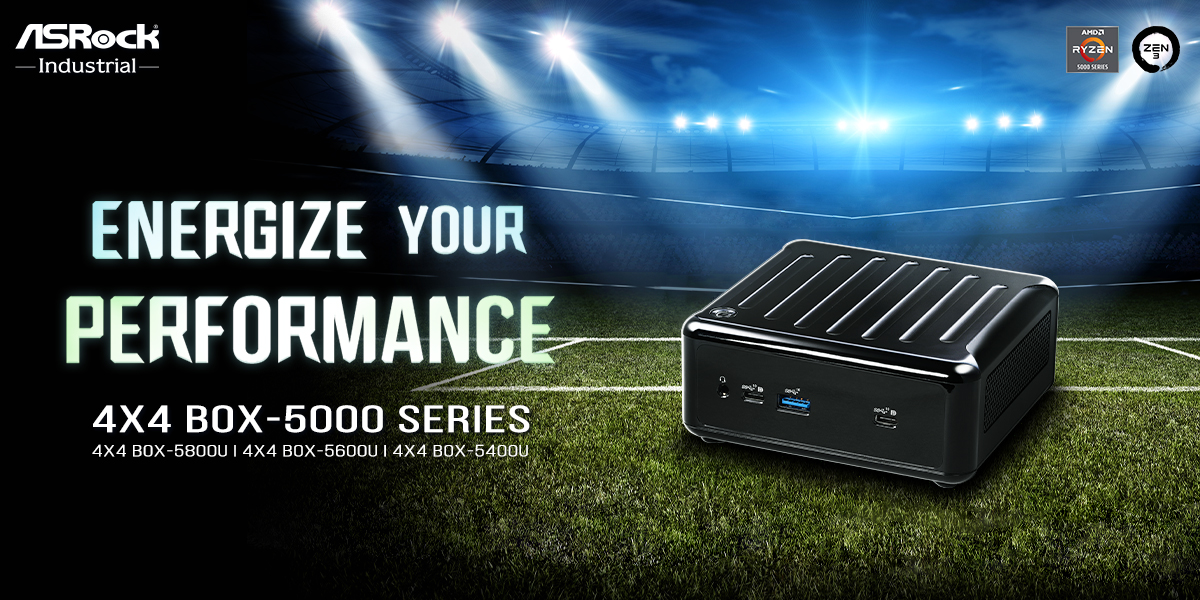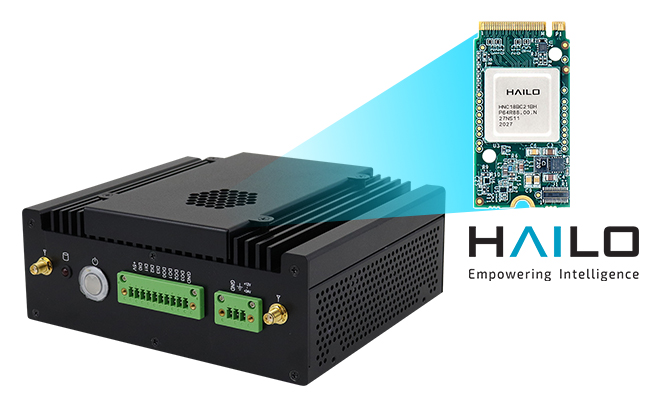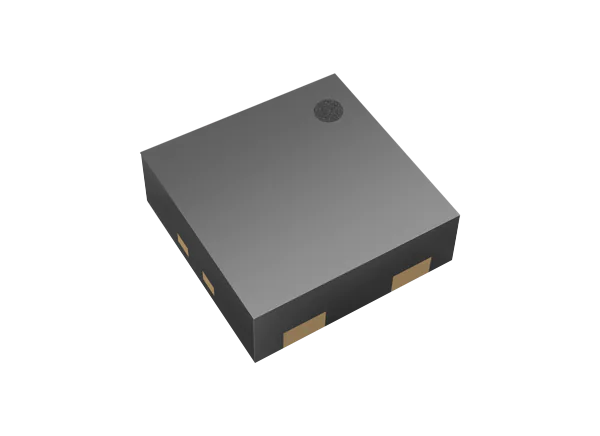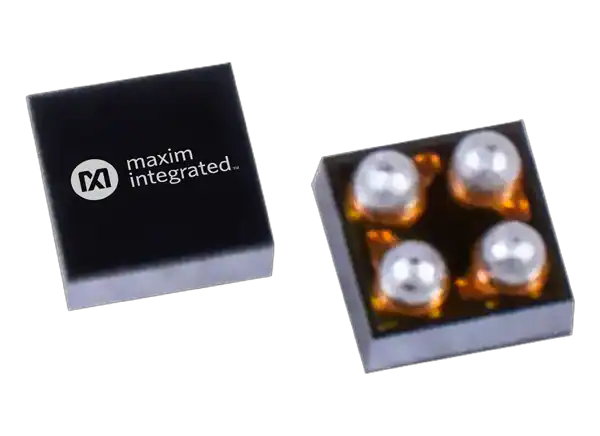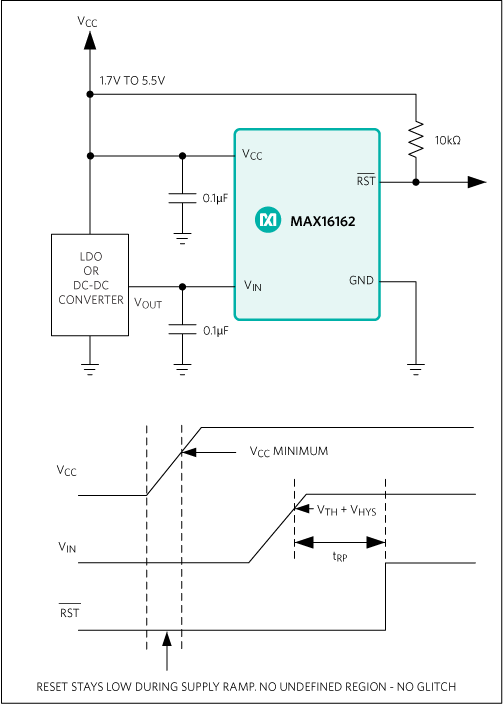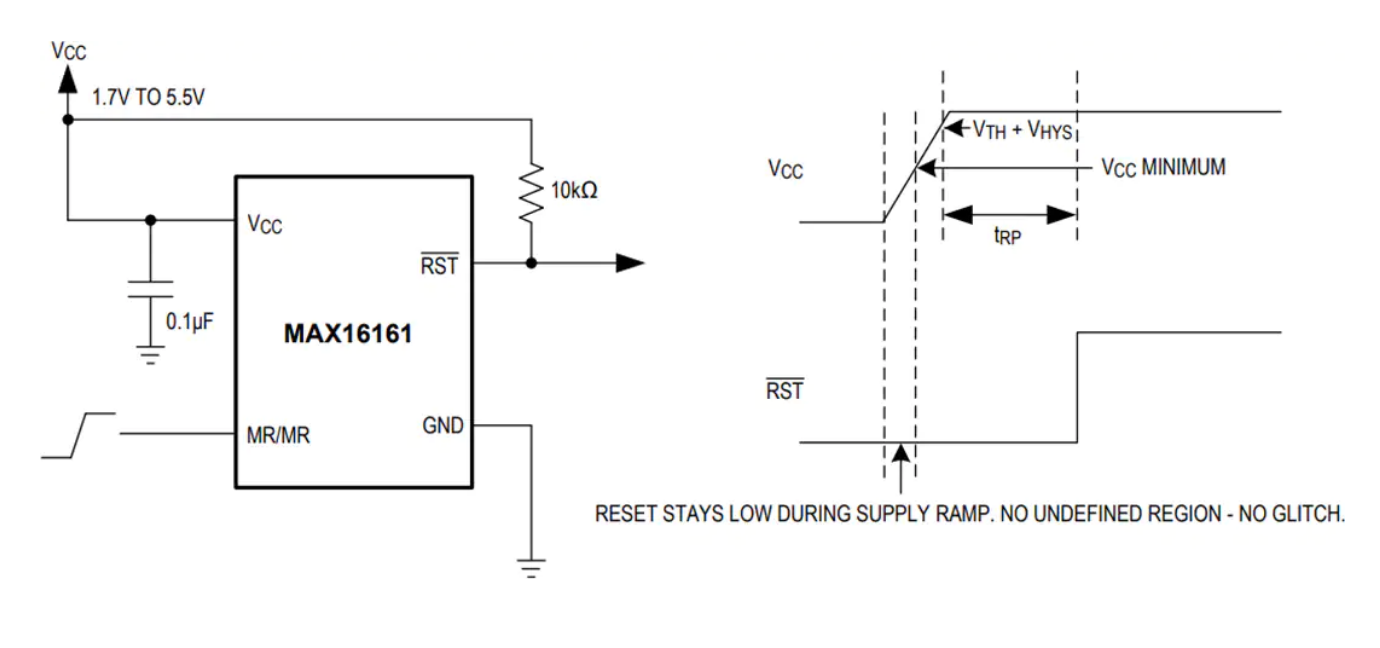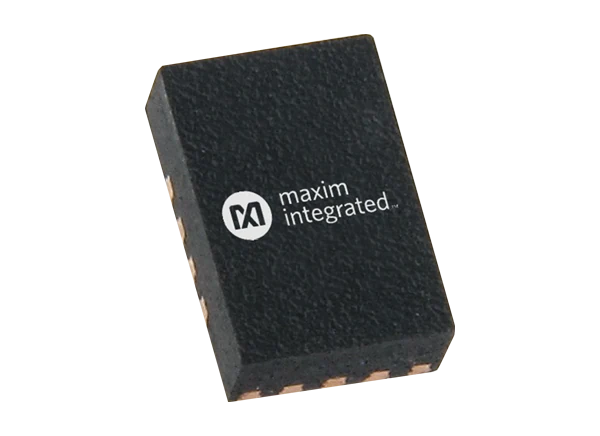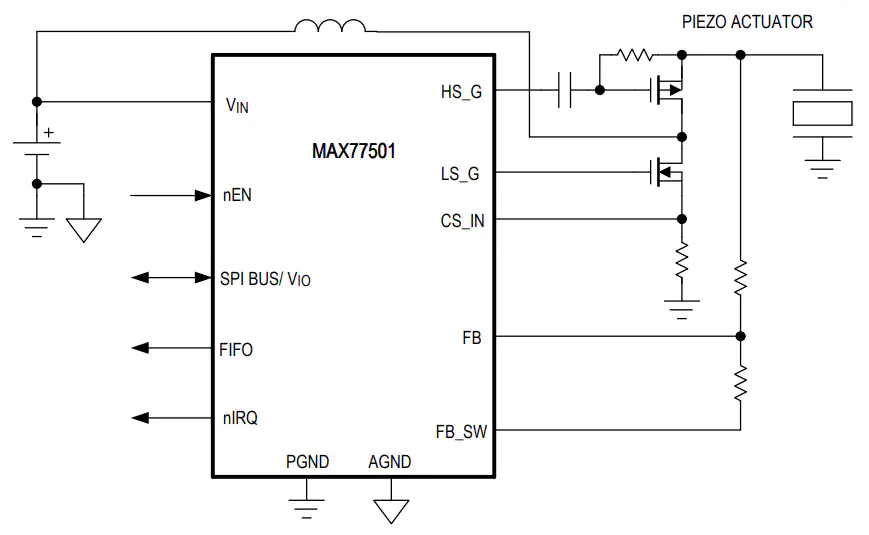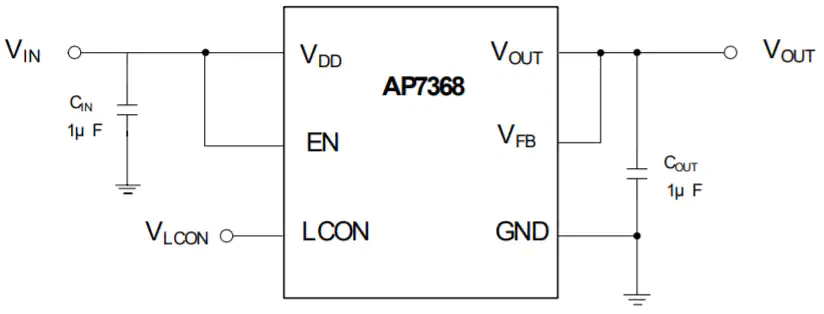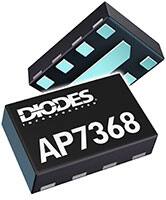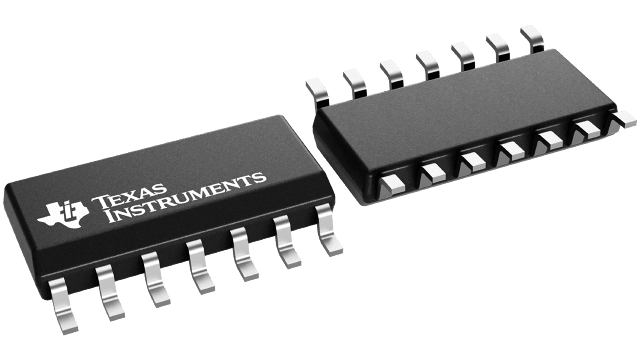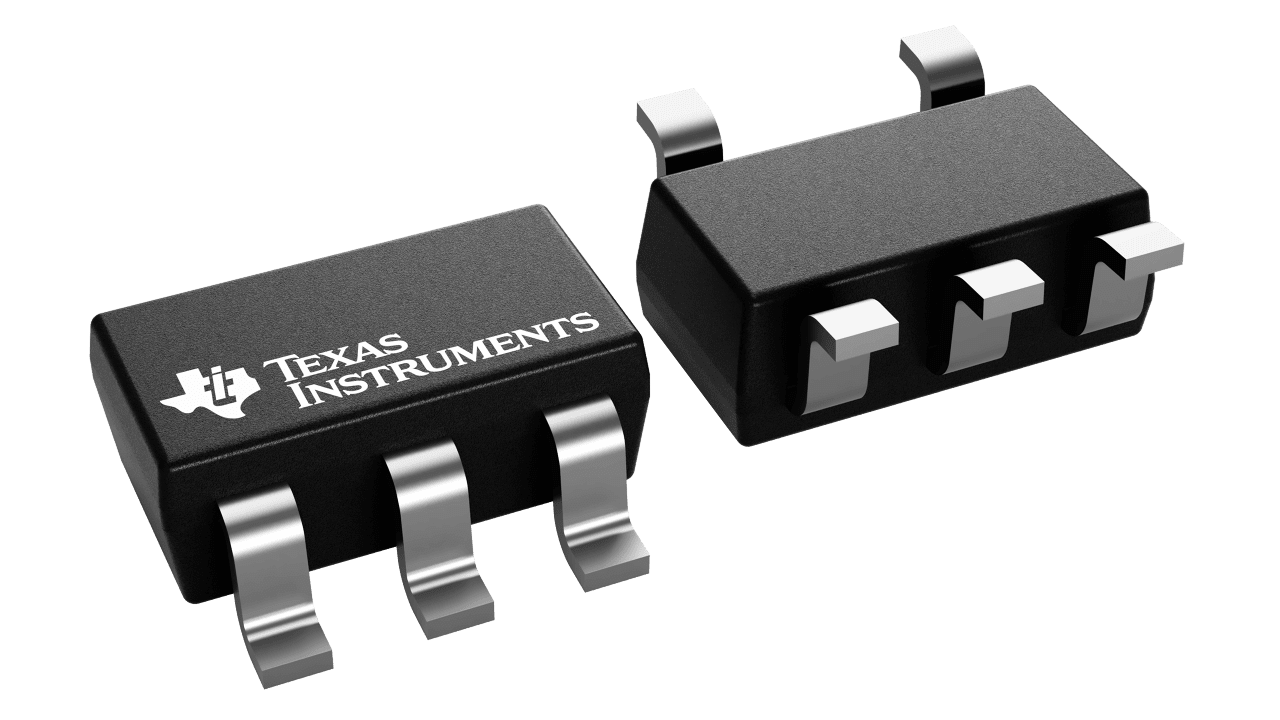ASRock Industrial announces the 4X4 BOX-5000 Series Mini PCs 4X4 BOX-5800U, 4X4 BOX-5600U, and 4X4 BOX-5400U, with enhancement powered by AMD Zen 3 Ryzen™ 5000 U-Series APUs- Ryzen™ 7 5800U, Ryzen™ 5 5600U, and Ryzen™ 3 5400U up to 8 cores/16 threads to energize performance, energy efficiency, and lower latency. Featuring a powerful yet compact design, the 4X4 BOX-5000 Series supports quad display outputs up to 4K with AMD Radeon™ Graphics for the enhanced visual experience. The Series also includes dual LAN ports up to 2.5 Gigabit with one DASH function and Wi-Fi 6E support of 6GHz band for real-time connections. Moreover, it can uphold one M.2 Key M, one SATA 3.0 for storage, and five USB ports (three USB 3.2 Gen 2, two USB 2.0) for ultra-connectivity. The energized features make it the world’s most advanced core for a wide range of home and business applications such as gaming, content creation, working from home, KIOSK, digital signage, and many more.
AMD Zen 3 Ryzen™ 5000 APUs Energize Performance to a Green New Level
With AMD Ryzen™ 5000U Series Processors- Zen 3 Core Architecture, the 4X4 BOX-5000 Series Mini PCs deliver energized performance and reduced latency with up to 17% single-thread and multi-thread performance compared to Zen 2 along with improved graphics capabilities with AMD Radeon™ Graphics. Spanning from the flagship 4X4 BOX-5800U, 4X4 BOX-5600U, and 4X4 BOX-5400U, the new Series is powered by AMD Ryzen™ 7 5800U, Ryzen™ 5 5600U, Ryzen™ 3 5400U to increase power efficiency with lower power consumption- 6.7W at idle. The 4X4 BOX-5000 Series also supports dual-channel DDR4 3200MHz SO-DIMM memory up to 64GB for uncompromised multitask computing capabilities.
4K Quad Displays, Dual LAN up to 2.5GbE and Wi-Fi 6E Support of 6GHz Band
The 4X4 BOX-5000 Series enhances working, learning, and gaming experiences all in one go. Key features include four displays outputs and integrated AMD® Radeon™ Graphics, the 4X4 BOX-5000 Series Mini PCs support one HDMI 2.0a, three DisplayPort 1.2a with two from USB 3.2 Gen 2 (Type C) to hold four monitors up to 4096×2160@60Hz for a refreshing visual experience. Moreover, there is one 2.5 Gigabit LAN, one 1 Gigabit LAN with Dash function, plus M.2 Key E for Wi-Fi 6E support of 6GHz band, and Bluetooth 5.2 to speed up data transmission, lower latency, enabling real-time connections, remote management functions for the energized experience.
Expanded Flexibility with Ultra-Connectivity
The 4X4 BOX-5000 Series Mini PCs provide ultra-connectivity with a diverse set of I/Os for extended versatility and flexibility, including one USB 3.2 Gen2 (Type A), two USB 3.2 Gen2 (Type C) supporting DP1.2a, and one audio jack on the front panel. There is also one HDMI 2.0a, one DP 1.2a, one 2.5 Gigabit LAN, one Gigabit LAN, two USB 2.0, and one DC jack on the rear panel. The Series comes in an ultra-compact size of 110.0 x 117.5 x 47.85mm with fanned barebone, while supporting one M.2 Key M, 2242/2260/2280, and SATA 3.0 for NVMe SSD, or HDD, making it easy to carry out storages upgrades. There is also TPM 2.0 onboard for enhanced hardware-based security in support of the Windows 11 upgrade and VESA mounting to save desk space and easily mount a Mini PC to the back of your monitor.
For more product information please go to our website asrockind.com


